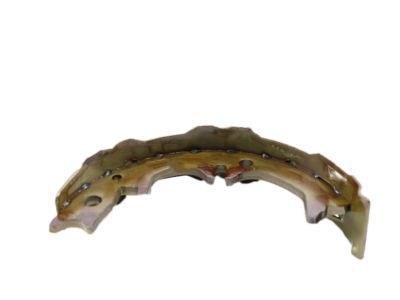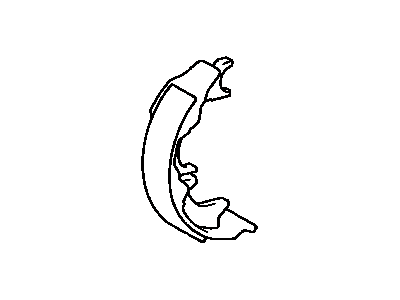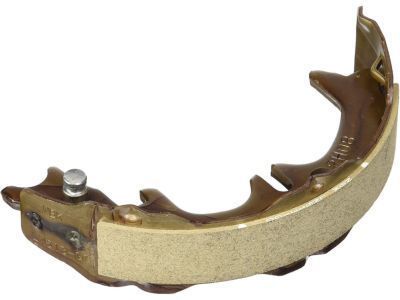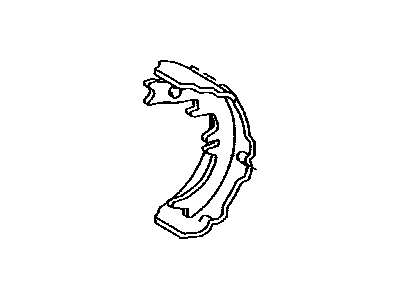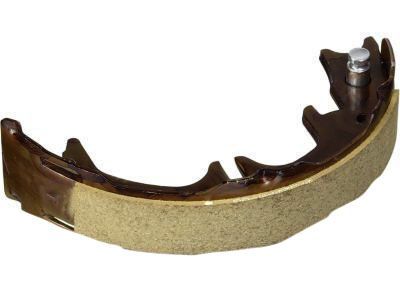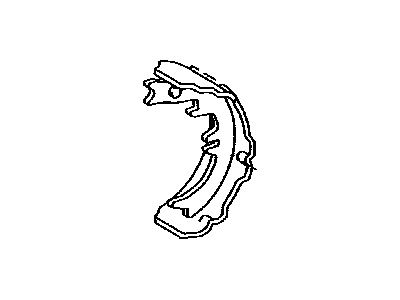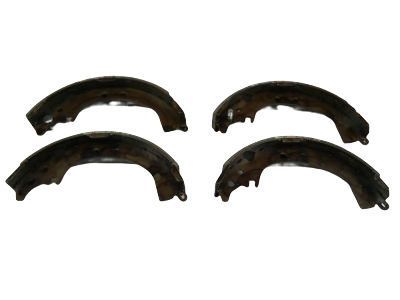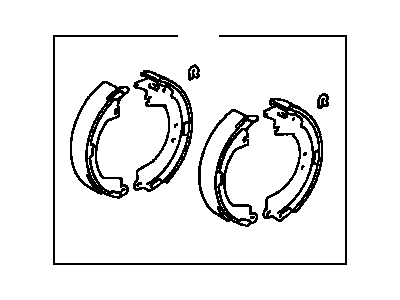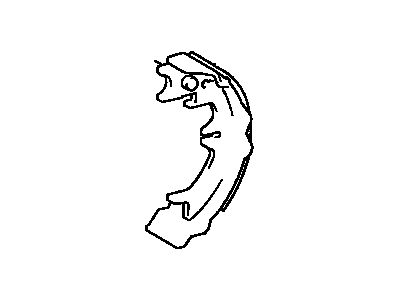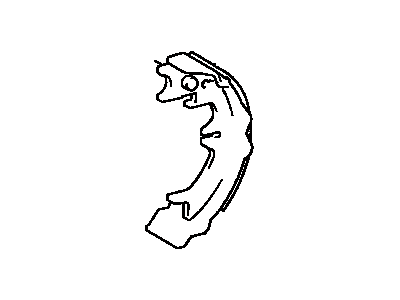

My Garage
My Account
Cart
Genuine Toyota Solara Parking Brake Shoe
Emergency Parking Brake Shoe- Select Vehicle by Model
- Select Vehicle by VIN
Select Vehicle by Model
orMake
Model
Year
Select Vehicle by VIN
For the most accurate results, select vehicle by your VIN (Vehicle Identification Number).
7 Parking Brake Shoes found
Toyota Solara Shoe Assembly, Parking Brake, LH
Part Number: 46540-20070$34.50 MSRP: $48.22You Save: $13.72 (29%)Ships in 1-2 Business DaysToyota Solara Shoe Assembly, Parking Brake, LH
Part Number: 46590-06020$39.14 MSRP: $54.71You Save: $15.57 (29%)Ships in 1-3 Business DaysToyota Solara Shoe Assembly, Parking Brake, RH Or Center
Part Number: 46550-06020$39.14 MSRP: $54.71You Save: $15.57 (29%)Ships in 1-3 Business DaysToyota Solara Shoe Kit, Rear Brake
Part Number: 04495-06010$56.99 MSRP: $79.65You Save: $22.66 (29%)Ships in 1-2 Business DaysToyota Solara Shoe Assembly, Parking Brake, LH
Part Number: 46590-20060$38.43 MSRP: $53.71You Save: $15.28 (29%)Ships in 1-2 Business DaysToyota Solara Shoe Assembly, Parking Brake, LH
Part Number: 46540-20060$34.50 MSRP: $48.22You Save: $13.72 (29%)Ships in 1 Business DayToyota Solara Shoe Assembly, Parking Brake, RH Or Center
Part Number: 46550-20060$34.50 MSRP: $48.22You Save: $13.72 (29%)Ships in 1-2 Business Days
Toyota Solara Parking Brake Shoe
If you are in demand for superior quality and affordable OEM Toyota Solara Parking Brake Shoe, then shop with us! We own a wide range of the reduced-priced genuine Toyota Solara Parking Brake Shoe. You can purchase in confidence as all parts come with a manufacturer's warranty. Any issues with our products? No need to worry as we have a hassle-free return policy to guide you every step of the way.
Toyota Solara Parking Brake Shoe Parts Questions & Experts Answers
- Q: How to replace and adjust the Parking Brake Shoe on a 2002-2008 Toyota Solara?A:Remove the Brake Disc and inspect the thickness of the lining material on the shoes; if the lining has worn down to 1/32-inch or less, the shoes must be replaced. Remove the hub and bearing assembly, noting that it is possible to perform the shoe replacement procedure without removing it, although working room is limited. Wash off the brake parts with brake system cleaner, ensuring to wash the parking brake assembly before disassembly. Follow the accompanying illustrations for the brake shoe replacement procedure, which includes removing various springs and pins, applying high-temperature grease to the backing plate, and properly installing the shoes, strut, and springs in order. Install the brake disc, temporarily threading three of the wheel lug nuts onto the studs to hold it in place. Remove the hole plug from the brake disc and adjust the parking brake shoe clearance by turning the adjuster star wheel until the shoes contact the disc and it can't be turned; back off the adjuster eight notches before reinstalling the hole plug. Install the torque plate and Brake Caliper, ensuring to tighten the bolts to the specified torque. Install the wheel and tighten the lug nuts to the specified torque. If equipped with a parking brake lever, pull up on the lever and count the number of clicks; it should be between three to six clicks, and if not, adjust the parking brake. To bed the shoes to the drum, drive the vehicle at approximately 30 mph on a dry, level road, applying the parking brake with specified force for 1/4-mile, and repeat this procedure two or three times, allowing the brakes to cool between applications.
